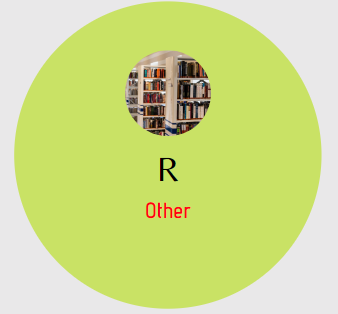[Source: US National Library of Medicine, full page: (LINK). Abstract, edited.]
J Infect. 2019 Nov 15. pii: S0163-4453(19)30296-8. doi: 10.1016/j.jinf.2019.10.002. [Epub ahead of print]
ZIKA VIRUS SEROPREVALENCE IN BLOOD DONORS FROM THE NORTHEASTERN REGION OF SÃO PAULO STATE, BRAZIL, BETWEEN 2015 – 2017.
Slavov SN1, Guaragna Machado RR2, Ferreira AR3, Soares CP2, Araujo DB2, Leal Oliveira DB2, Covas DT3, Durigon EL2, Kashima S3.
Author information: 1 Laboratory of Molecular Biology, Blood Center of Ribeirao Preto, Faculty of Medicine of Ribeirao Preto, University of Sao Paulo, 14051-140, Ribeirao Preto, Sao Paulo, Brazil; Department of Internal Medicine, Faculty of Medicine of Ribeirao Preto, University of Sao Paulo, 14049-900, Ribeirao Preto, Sao Paulo, Brazil. Electronic address: svetoslav.slavov@hemocentro.fmrp.usp.br. 2 Laboratory of Clinical and Molecular Virology, Institute of Biomedical Sciences, University of Sao Paulo, 05508-000, Sao Paulo, Sao Paulo, Brazil. 3 Laboratory of Molecular Biology, Blood Center of Ribeirao Preto, Faculty of Medicine of Ribeirao Preto, University of Sao Paulo, 14051-140, Ribeirao Preto, Sao Paulo, Brazil.
Abstract
OBJECTIVES:
Although primarily transmitted by Aedes aegypti mosquitos, Zika virus (ZIKV) can also be transmitted by blood transfusion, due to the fact that some of the infected donors can establish asymptomatic viremia. ZIKV seroprevalence in Brazilian blood donors is unknown. The main reason for this gap in the knowledge originates from the difficulty in evaluating ZIKV humoral immunity due to antigenic cross-reactivity between the different Brazilian flaviviruses and, in particular, dengue virus (DENV). The objective of this study was to evaluate the anti-ZIKV IgG prevalence in blood donors from the Northeast region of the São Paulo State, Brazil, which experienced a ZIKV outbreak in 2016.
METHODS:
We evaluated the ZIKV seroprevalence using the NS1 anti-ZIKV IgG test (Euroimmun), followed by confirmation of the positive and borderline results using the Plaque Reduction Neutralization Test (PRNT). ZIKV seroprevalence was estimated by testing plasma samples collected in 2015 (before the ZIKV outbreak), 2016 (during the outbreak) and 2017 (after the outbreak). In order to investigate possible antigenic cross – reactivity between ZIKV and DENV we also included samples that were taken well before the ZIKV outbreak, in years 2010 and 2013.
RESULTS:
The results obtained by the Euroimmun anti-ZIKV IgG test demonstrated ZIKV seroreactivity in 2015, 2016, and 2017 with prevalences of 5.3%, 12.8% and 13.2%, respectively. The inclusion of blood donor samples from 2010 and 2013, demonstrated anti-ZIKV IgG reactivity only for 2013 (1.7%). The PRNT testing of the ZIKV positive and borderline ELISA reacting samples generated positive results only for the years of 2016 and 2017 (prevalences of 5.6% and 9.1%) which coincided with the introduction of ZIKV in our region.
CONCLUSIONS:
Our results estimate for the first time the ZIKV seroprevalence among Brazilian blood donors from a region with apparently extensive ZIKV circulation and which, at the same time, is highly endemic for DENV. We detected relatively low ZIKV seroprevalence in blood donors from the studied region probably due to the lower intensity of the outbreak compared to other Brazilian locations. Our study adds to the global understanding of ZIKV circulation and the herd immunity of the exposed population.
Copyright © 2019 The British Infection Association. Published by Elsevier Ltd. All rights reserved.
KEYWORDS: Blood donors; Brazil; PRNT; Seroprevalence; Zika virus
PMID: 31738944 DOI: 10.1016/j.jinf.2019.10.002
–
Keywords: Zika Virus; Serology; Seroprevalence; Blood safety; Brazil.
——









You must be logged in to post a comment.